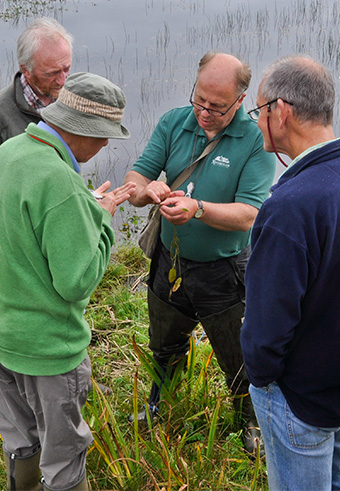 Outer Hebrides Biological Recording
Outer Hebrides Biological Recording
 Outer Hebrides Biological Recording
Outer Hebrides Biological Recording

Biological records often include other information- was it an adult, an egg or a caterpillar; how many did you see, was it alive or dead, or did see tracks or droppings, wahat was it growing on, do you have a photograph? This is useful information, but not essential.
Traditionally a notebook is used to record wildlife observations, although some recorders prefer to use a printed record sheet or electronic device. Whateverever method you choose, it is important to ensure that all the key pieces of information are recorded for each observation. To give an accurate location you will need an Ordnance Survey map and/or a hand-held GPS. A digital camera is also useful for taking photographs of unfamiliar species.
It is very important that the species identification is accurate. If you are unsure about your identification, you can contact us and ask for help, post a photograph on the OHBR Facebook page or one of the many Facebook groups that specialise in specific groups of animals or plants.
Now you know how to turn your wildlife observation into a biological record you can use the resources in the Recorder's Tool Kit to send us your records.
